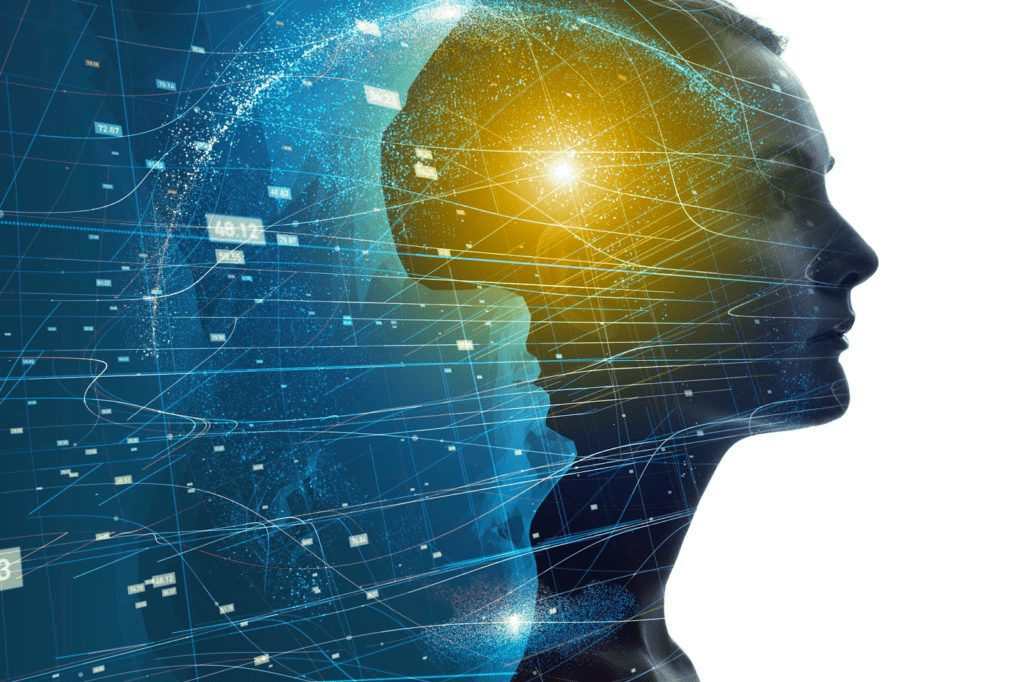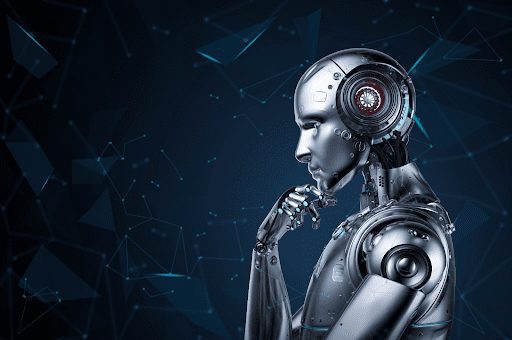Depression is not only a very adverse disorder, but an extremely pervasive one. Many patients find their depressive symptoms are able to withstand some of the more common, and relatively effective depression treatments, prompting a continuous search for promising new options. Among these newer approaches, artificial intelligence treatment for depression has begun to gain consideration for a growing number of patients. Read on to find out why.

Many wonder what depression feels like, and whether it is the same as sadness. Answering the latter question is somewhat simpler: according to the American Psychiatric Association (APA), depression is defined as a significantly low and long-lasting mood. It can feel similar to sadness, which can be seen as an emotional pain. But it also holds certain similarities to mourning, in that something feels lost; hopelessness that things will ever improve; and irritability at the sheer unpleasantness of one’s adverse mental state. Depression also often includes cognitive symptoms, such as distractibility and difficulty concentrating, decreased memory capacity, and indecisiveness. It counts neglect (particularly that of personal hygiene), as well as self-harm and suicidality, as possible behavioral symptoms. Finally, depression may cause physical symptoms, such as a disturbed sleep pattern, a general lack of energy, and significant weight change when not dieting. All this is to say that while sadness is certainly a key feature of depression, the disorder can present itself through a variety of other signs and symptoms.
While the above list of features is a good place to start in one’s technical understanding of depression, its ability to communicate what depression feels like can be limited. This is due to another key indicator of this condition: emptiness. Depression is a mood disorder, and as such is focused on how its effects on one’s emotions. But both quantitative and qualitative research has repeatedly found that it is the lack of emotion, or disconnect from one’s emotional landscape, that is frequently reported by those facing depression. Individuals who find themselves in the midst of a depressive episode describe being engulfed by a muffling sea, or behind a partition that separates them from their feelings, as well as from the rest of the world. There is sadness there, but not so much the sharp kind that may be felt during a momentarily painful experience. Instead of abruptly tugging at the heartstrings, depression weighs down the day, dims the lights, and waits to be accepted as the central new perspective on one’s life.
A disorder that can affect an individual’s well-being so deeply very often requires a fiercely effective, yet still tolerable, treatment. Based on extensive fields and lab work, the FDA has recognized a number of depression treatment options for their proven safety and efficacy:
Though the above treatment options are considered to be relatively effective, many patients battling depression still find them insufficient. Other patients experience such severe side effects, from SSRIs or other antidepressants, that they are unable to continue the treatment. As a result, over 40% of patients diagnosed with major depressive disorder (MDD) are considered to be treatment-resistant, meaning that they have found at least two types of antidepressants to be ineffective or intolerable. This has caused researchers to continue looking for new alternatives that can finally offer such patients true symptom relief.

AI is an exciting new venture in the world of mental health, both due to its potential as an efficacious treatment and due to its ability to offer support to a large number of patients at any given moment.
Researchers and developers are aiming to offer AI treatments that induce a feeling of emotional safety based on accessibility, responsiveness, and high engagement.
As AI technology gathers more information about each individual patient, it is able to adjust to their specific needs and continually optimize the treatment they can offer. This in turn could theoretically provide patients with a greater sense of connectivity of their AI treatment platform: the more they engage with it and the more benefits they receive from their treatment, the more they will grow to appreciate their AI therapy.
The incredible availability that AI offers can be especially beneficial in cases of depression, where the patient becomes cloistered inside their home and refuses to see others. With AI, the treatment can take place whenever a need arises, and from any online platform that can support it. This makes the limitations of time and place no longer an obstacle.
The drawbacks of AI treatment for depression are mainly due to its novelty and lack of human connection. Its detractors usually focus on the latter point, stressing the importance of interrelationships to any form of mental health support, particularly with such an isolating condition such as depression. The high chances of distractibility, as well as the lack of structure that such treatments may include are also notable points of concern.
For the time being, AI treatments for depression are mainly provided through smartphone apps. A lack of long-term data prevents any conclusive statements on this form of treatment, though a growing number of mental health professionals are stating they expect AI technology to become a prominent part of their clinical work in the future.